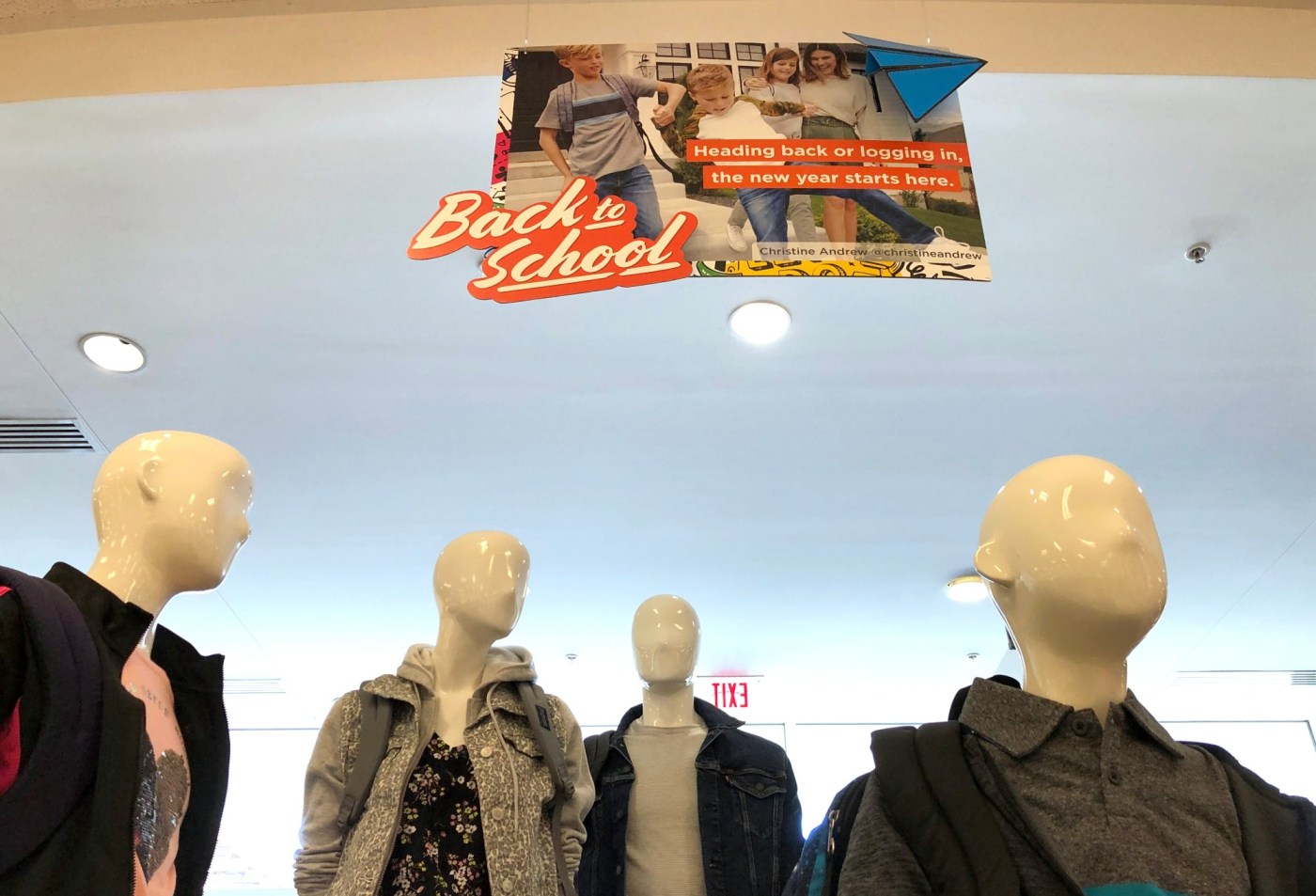In 1996, Staples ran a back-to-school advertisement, using the classic 1963 Christmas song “It’s the Most Wonderful Time of the Year.” My children are now in their 20s and 30s, but I still smile when I hear that song.
As a parent, I am reminiscent of the time when summer was over, and the new school year was about to begin. I loved our time off, but I also looked forward to the end of summer. The days would fall back into a routine, filled with structure and planned activities.
In May 2024, Deloitte surveyed about 1,200 parents of school-aged children to learn about their back-to-school shopping plans. The parents surveyed estimated that on average, they will spend $586 per child on school supplies and clothing. Additionally, the same parents estimated they will spend another $582 on extracurricular activities per child.
As a financial planner, I used back-to-school shopping as a learning opportunity for our children.
During the summer, we would establish a budget, identify what needed to be purchased, and estimate the cost for each item.
On the shopping day, I would withdraw cash from the bank and place it in an envelope, earmarked for each child. I wanted this process to be visual, so that as we spent money from the envelope, it was clear that the balance of the remaining funds available decreased.
Using an ATM or credit card would have been easier, but the emotional and visual impact would not have been the same. My objective was to teach budgeting without it being a chore. While hoping to make the experience memorable for us.
We would spend a day shopping, enjoy a special lunch at their favorite restaurant, while checking off our purchases from their lists. This worked for us because each child was engaged in the process and outcome.
They learned that if they choose to spend more on one item, then another item would need to cost less than planned or be eliminated from the list. They needed to prioritize what was most important and acknowledge that once the money in the envelope was spent, they were finished with their shopping.
This may seem a bit extreme, but the outcome was successful for our family.
Having a budget is important for financial success in all circumstances, especially for back-to-school shopping. It is hard to avoid overspending without a budget and a shopping list.
Back-to-school shopping can be stressful for parents and students. The parent may be concerned about their finances, and the child about fitting in at school. Sticking to a budget and agreed upon shopping list can help to minimize this stress for parents and children.
If your child is looking for a specific item, such as a brand name pair of sneakers, do some research online before you make a purchase. Often, you will find a coupon or promotion for the item that you are seeking.
Searching for coupons is one of the easiest and most effective ways to save money. Many companies offer products at a discount if consumers sign up for their email subscription, and there are many online services, websites, and browser plug-ins that can help locate the best deals on back-to-school supplies.
Buy in bulk for the year, during sales. Often, the stores will offer loss-leaders to draw you into the store. Select the items that are offered at a discount, then shop around or wait until the other items are on sale. Don’t be afraid to purchase generic brands as they may be manufactured by the name brand at a fraction of the cost.
To manage spending on supplies such as paper, binders, glue, and crayons, stick with the list of items your child’s school is suggesting. To help you with this, retailers such as Walmart allow schools to post on their website their suggested shopping list. Search” Find your school supply list,” and enter the school, city, and state. If you are fortunate enough that your school posted their list, completing your checklist online will be an easy task.
Be cautious about accumulating additional debt to purchase school supplies. A recent NerdWallet survey found that more than half (58%) of parents’ plan on purchasing back to school items with credit cards. According to Forbes, as of August 1, 2024, the average credit card interest rate is 27.62%. This average card rate is calculated from a dataset of over 250 credit cards in the U.S. market. While credit cards are convenient, they are not the best form of payment if you are not able to pay them off monthly.
Tips to keep back-to-school budgeting on track
—Annually access the child’s back to school needs. Take inventory of the items you already have.
—Establish a budget.
—Regularly check for sales over summer break.
—Discuss ways to save money with your child and include them in the process.
—If you are using a credit card for purchases because cash is not available, over the next year, set aside funds in a separate account for the following school year.
—Plan to purchase basic supplies that are on sale throughout the year.
Related Articles
What’s all the fuss about tips and taxes?
Jill On Money: Health care in retirement
7 tips to help dig your way out of debt
How will homebuying’s commission mess end? Wall Street offers a clue
Magid: Beware of scams when shopping
—If you need to purchase books, search for used books.
Spend some time planning for this back-to-school season. Make the experience memorable for you and your children as you prepare them for their new school year. Then, on the first day of school, after you have dropped the kids off for the day, sit down with your morning coffee and remember, “It’s the Most Wonderful Time of the Year.”
Teri Parker CFP® is a vice president for the Riverside office of CAPTRUST Financial Advisors and has practiced in the field of financial planning and investment management since 2000. Contact her at Teri.parker@captrust.com.












